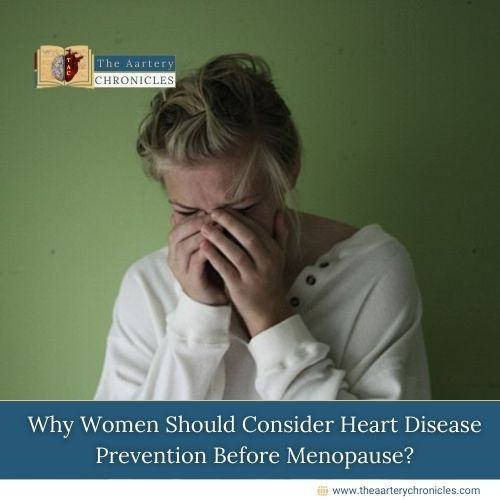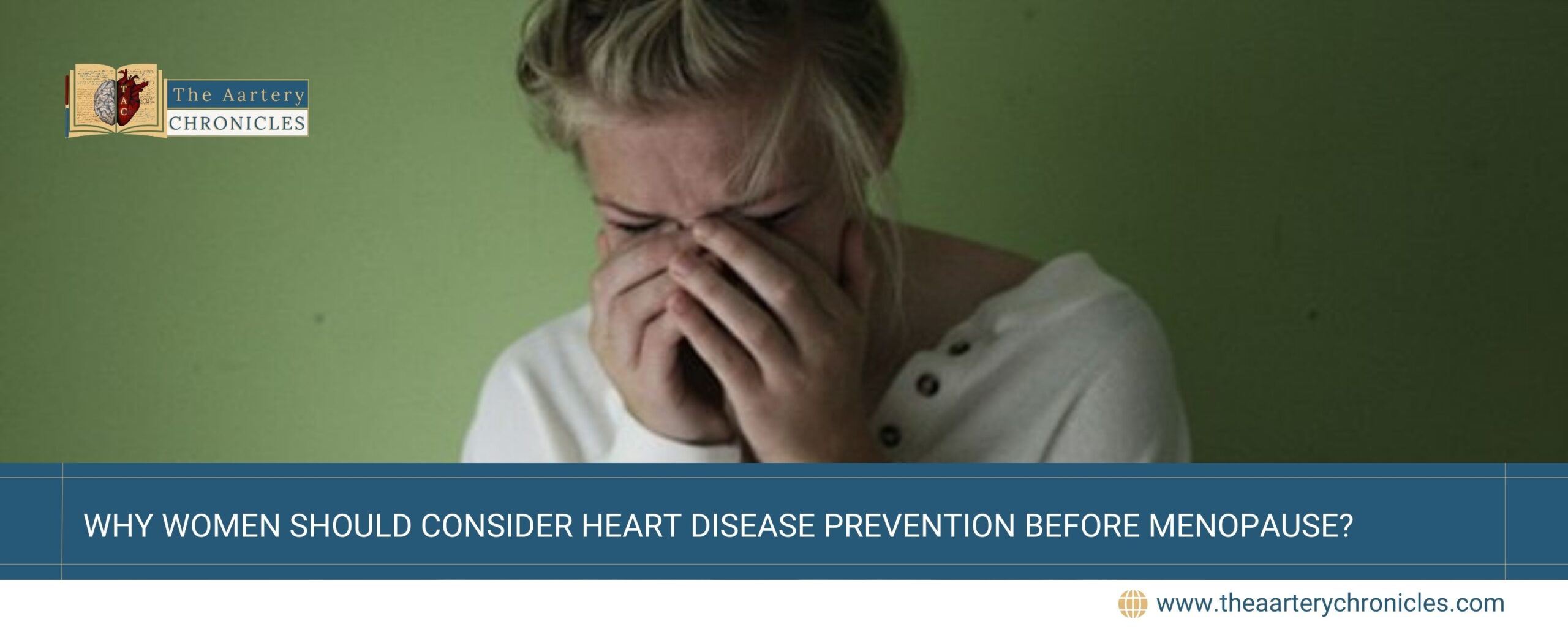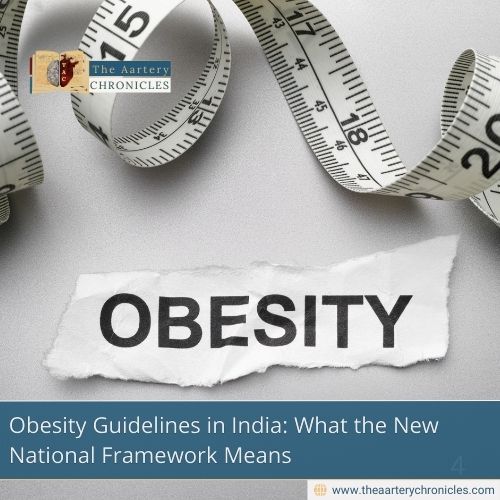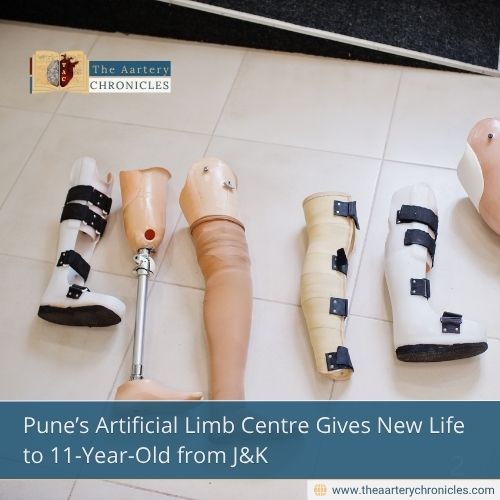

Why Should Women Consider Heart Disease Prevention Before Menopause?
According to recent research, it is advised that women begin assessing their risk for heart disease and considering preventive treatment in their 30s, rather than postponing this until after menopause. This recommendation comes from a study presented at the European Society of Cardiology’s annual meeting in London, conducted by Dr. Paul Ridker and his team at Brigham and Women’s Hospital.
Calls for Updated Guidelines
Dr. Ridker highlighted that current guidelines typically advise waiting until women are in their 60s or 70s before considering preventive therapies. However, the new findings indicate that this approach should change. “Our guidelines must evolve,” Ridker emphasized. “We need to look beyond just short-term risks and focus on the long term.”
The Study: Key Findings
The long-term study analyzed data from 27,939 participants in the Women’s Health Initiative. Blood tests conducted between 1992 and 1995 were used to measure three key markers: low-density lipoprotein cholesterol (LDL-C or “bad cholesterol“), high-sensitivity C-reactive protein (hsCRP, an inflammation marker), and lipoprotein(a), a type of genetically determined fat.
The results showed that women with high levels of these markers had significantly increased risks of major cardiovascular events. For example:
- Women with elevated LDL-C had a 36% higher risk.
- Those with increased hs-CRP had a 70% higher risk.
- Women with high levels of lipoprotein(a) faced a 33% higher risk.
Moreover, women with elevated levels of all three markers were 2.6 times more likely to experience a major cardiovascular event and 3.7 times more likely to have a stroke over the next 30 years.
Implications for Treatment
The study also revealed that these three biomarkers are independent and represent different biological challenges for each woman. Dr. Ridker noted that treatments could be tailored to address each specific issue. While LDL-C and hs-CRP can be managed with widely available medications such as statins and certain drugs for high blood pressure and heart failure, treatments for lowering lipoprotein(a) are still under development. Pharmaceutical companies like Novartis, Amgen, Eli Lilly, and Silence Therapeutics are working on these new drugs.
Lifestyle Changes Matter
In addition to medication, lifestyle changes like increased physical activity and quitting smoking can also help manage these risks.
Broader Implications and Need for Universal Screening
Although the majority of the study participants were white Americans, the findings have global relevance. Dr. Ridker emphasized the need for universal screening for hsCRP and lipoprotein(a), similar to the current universal screening for cholesterol. This is especially important for Black and Hispanic women, who often have higher rates of undetected and untreated inflammation.
A Step Towards Better Heart Health for Women
The call for earlier and more widespread screening represents a significant step towards improving cardiovascular health for women worldwide. “This not only benefits patients but also offers valuable insights for advancing therapeutic development,” Dr. Ridker concluded.
Source: Inputs from various media Sources









